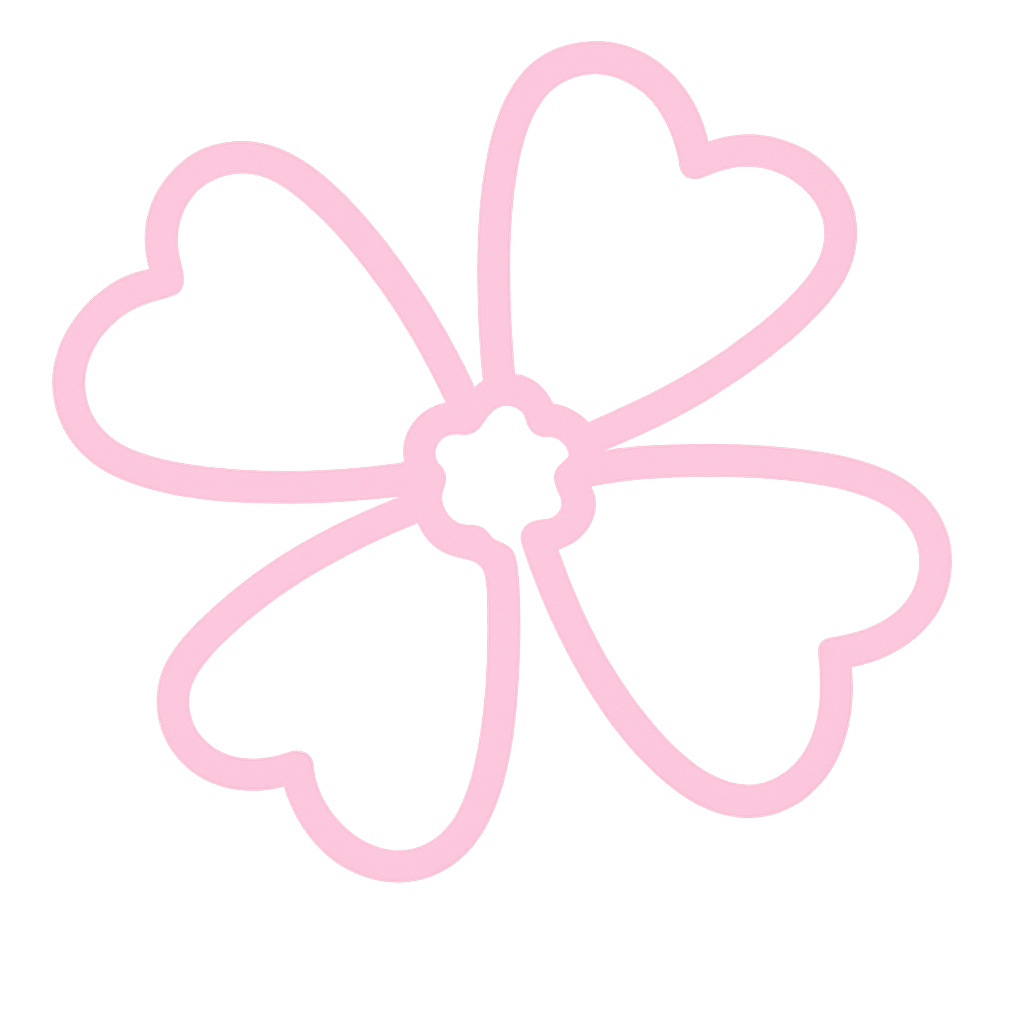Your hair deserves better than whatever you've been doing to it, and honestly? The salon pros have been gatekeeping some seriously game-changing tricks that could transform your mane from meh to absolutely stunning. 💁♀️
Let's be real - we've all walked out of a salon wondering how the hell they made our hair look so impossibly shiny and perfect, only to have it look like we stuck our finger in an electrical socket by day three. But here's the thing: those advanced cutting and treatment techniques aren't actually magic. They're just really smart science that you can totally master at home.
I used to think salon-level shine was some mysterious alchemy that required years of training and expensive equipment. Turns out, it's more about understanding how your hair actually works and using the right techniques at exactly the right moments. And tbh, once you know these insider tricks, you'll never look at your hair routine the same way again.
The Science Behind That Coveted Salon Shine
Ever wondered why your hair looks like it's been dipped in liquid glass when you leave the salon? It's all about the hair cuticle - those tiny overlapping scales that cover each strand like shingles on a roof.
When these cuticles lay flat and smooth, light bounces off them evenly, creating that mirror-like shine we're all chasing. But when they're raised, damaged, or uneven, light scatters in different directions, making your hair look dull and lifeless.
Professional stylists know exactly how to manipulate these cuticles through strategic cutting angles, heat application, and product chemistry. The cool part? You can learn to do this too.
The 45-Degree Rule That Changes Everything
Here's something most people don't know: the angle at which you cut your hair dramatically affects how light reflects off it. Salon pros use what's called "point cutting" at specific angles to create microscopic bevels that catch and reflect light more effectively.
When you cut straight across, you create a blunt edge that can look harsh and actually absorb light. But cutting at a 45-degree angle creates a subtle slope that acts like a tiny mirror, bouncing light back toward the viewer.
I learned this from a master stylist who explained it like this: "Think of your hair ends like the facets of a diamond. The more angles you create, the more sparkle you get."
Advanced Heat Treatment Techniques
Okay, so we need to talk about heat styling because most people are doing it completely wrong. The salon secret isn't about using the hottest setting - it's about understanding heat distribution and timing.
The Cool-Down Method
Professional stylists use something called "thermal memory" to lock in shine. After applying heat, they immediately blast the hair with cool air while the cuticles are still malleable. This rapid temperature change essentially "sets" the cuticles in their smoothest position.
Here's how to do it at home: after blow-drying each section on medium heat, immediately switch to the cool setting and run the dryer over the same section for 10-15 seconds. Your hair will literally lock in that smooth, shiny finish.
Sectioning for Maximum Impact
The difference between amateur and professional results often comes down to sectioning. Salons use incredibly precise sections - we're talking about pieces no thicker than a pencil for detailed work.
Working with smaller sections means more even heat distribution, better product penetration, and ultimately, more consistent shine across every strand. Yeah, it takes longer, but the results are honestly mind-blowing.
Chemical Treatments That Actually Work
Let's dive into the treatment side of things, because this is where the real magic happens. Professional treatments aren't just about expensive products - they're about understanding hair chemistry and how different ingredients interact with your specific hair type.
The pH Balance Game
Your hair's natural pH sits around 4.5-5.5, which is slightly acidic. Most shampoos are way too alkaline, which opens the cuticles and creates that rough, dull texture we hate.
Salon treatments often include an acidic rinse to restore proper pH balance and smooth the cuticles back down. You can recreate this at home with a diluted apple cider vinegar rinse (1 part vinegar to 3 parts water). The results are immediate and honestly pretty dramatic.
Protein vs. Moisture Balance
This is where things get really interesting. Your hair needs both protein and moisture, but the ratio depends on your hair's current condition and porosity level.
Over-moisturized hair becomes limp and greasy, while over-proteined hair becomes brittle and breaks easily. Salon pros do strand tests to determine exactly what your hair needs, but you can learn to read these signs yourself.
If your hair stretches a lot when wet but snaps back slowly, you need protein. If it barely stretches and breaks immediately, you need moisture. Finding that sweet spot is what creates that perfect, bouncy shine.
Professional Product Application Techniques
The products matter, but honestly? How you apply them matters even more. I've watched stylists transform hair using drugstore products just by applying them correctly.
The Emulsification Method
Professional stylists always emulsify their products before application. This means warming them between their palms and mixing them with a tiny bit of water or serum to create a more even, penetrable consistency.
This technique ensures every strand gets coated evenly instead of having some sections overloaded while others are barely touched. It's such a simple change but makes a huge difference in the final result.
Layered Application Strategy
Salons use a layered approach to product application that most people skip entirely. They start with a lightweight base (like a heat protectant), add treatment products to mid-lengths and ends, then finish with styling products applied in specific patterns.
The key is applying each layer when the hair is at the optimal moisture level - not soaking wet, not completely dry, but that perfect damp state where products can actually penetrate the hair shaft.
Cutting Techniques for Enhanced Shine
The way your hair is cut has a massive impact on how shiny it appears. It's not just about the style - it's about creating the right foundation for light reflection.
Invisible Layering
This technique involves creating extremely subtle layers that remove bulk without creating obvious steps in the hair. The result is hair that moves more naturally and catches light at multiple levels, creating depth and dimension.
The trick is cutting at varying angles throughout the hair, creating microscopic differences in length that the eye can't detect but that dramatically affect how light bounces off the hair.
Razor vs. Shear Cutting
Different cutting tools create different effects on the hair cuticle. Shears create clean, precise cuts that reflect light evenly, while razors create softer, more textured ends that can diffuse light in interesting ways.
Many salon pros combine both techniques in a single cut, using shears for the main shape and razors for texture and movement. This creates multiple types of light reflection in one hairstyle.
Advanced Treatment Timing
Timing is everything when it comes to professional-level treatments. It's not just about leaving a mask on for 20 minutes and hoping for the best.
The Processing Window
Different treatments have optimal processing windows that depend on your hair's porosity, damage level, and chemical history. Low-porosity hair needs longer processing times and sometimes gentle heat to open the cuticles, while high-porosity hair can be over-processed in just a few minutes.
Professional colorists and treatment specialists do strand tests to determine these windows, but you can learn to recognize the signs too. Your hair will feel different as treatments process - starting rough, then becoming smooth, then potentially becoming over-processed if left too long.
Environmental Factors That Affect Shine
Here's something most people don't consider: your environment plays a huge role in how shiny your hair looks and how long that shine lasts.
Humidity Management
Professional salons control humidity levels because moisture in the air affects how hair cuticles behave. High humidity causes cuticles to swell and lift, while low humidity can make them contract and become brittle.
You can work with your environment instead of against it by adjusting your routine based on weather conditions. Humid days call for anti-humidity products and sealed cuticles, while dry days need extra moisture and protection.
Maintenance Techniques for Long-Lasting Results
The real secret to salon-level shine isn't just the initial treatment - it's maintaining those results between appointments. Professional stylists teach their clients specific maintenance routines that keep hair looking fresh for weeks.
The 48-Hour Rule
After any major treatment or styling session, your hair needs 48 hours to fully "set" into its new state. This means avoiding harsh manipulation, excessive heat, or chemical treatments during this crucial window.
During this time, gentle maintenance is key. Sleep on silk pillowcases, use minimal products, and avoid tight hairstyles that could disrupt the cuticle pattern you've worked so hard to create.
Troubleshooting Common Shine Issues
Even with perfect technique, things can go wrong. Here's how professionals diagnose and fix the most common shine-related problems.
Dullness Despite Healthy Hair
Sometimes hair looks dull even when it's technically healthy. This usually indicates a buildup issue - either from products, hard water minerals, or environmental pollutants creating a film over the cuticles.
The professional solution is a clarifying treatment followed by a glossing service. At home, you can achieve similar results with a clarifying shampoo followed by an acidic rinse and a shine-enhancing treatment.
Inconsistent Shine Patterns
If some sections of your hair are shiny while others remain dull, it usually indicates uneven porosity or processing. This often happens after chemical treatments or damage from heat styling.
Professional colorists use porosity equalizers before treatments to create a uniform base. You can achieve similar results by focusing extra conditioning on the more porous areas before applying any treatments.
FAQ: Advanced Hair Shine Techniques
How often should I use advanced treatment techniques?
It depends on your hair type and condition, but generally every 2-3 weeks for intensive treatments. Over-processing can actually reduce shine by damaging the cuticles you're trying to smooth.
Can I achieve salon results with drugstore products?
Absolutely! The technique matters more than the price tag. I've seen incredible results from properly applied drugstore products, and mediocre results from expensive products used incorrectly.
Why does my shine fade so quickly after styling?
This usually indicates that the cuticles aren't properly sealed or that you're using products that create buildup. Focus on pH balance and proper cool-down techniques to lock in your results.
Is heat always necessary for maximum shine?
Not always! Some hair types achieve better shine with air-drying techniques combined with proper product application. The key is understanding what works for your specific hair structure.
How do I know if my hair needs protein or moisture for better shine?
Do the stretch test: wet hair that barely stretches needs moisture, while hair that stretches excessively needs protein. Balanced hair should stretch about 30% of its length and bounce back quickly.
Bottom Line
Look, achieving that coveted salon-level shine isn't about having access to some secret professional formula - it's about understanding your hair's unique needs and applying the right techniques at the right time. The pros make it look effortless because they've mastered these fundamentals, but honestly? There's no reason you can't do the same.
Start with one or two techniques that resonate with your hair type and routine. Master those before moving on to more advanced methods. Your hair will thank you for the patience, and tbh, you'll probably surprise yourself with just how good you can make it look. ✨
Remember, the best hair day of your life isn't a lucky accident - it's the result of understanding what your hair actually needs and giving it exactly that. Now go make some magic happen! 🌟




